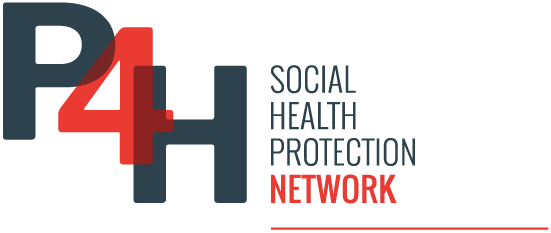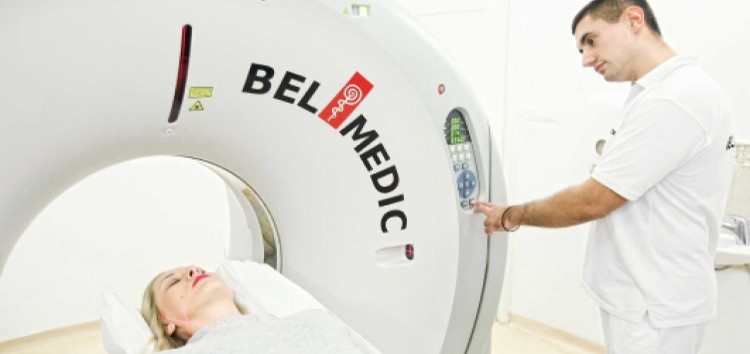Serbia is a landlocked republic in the central, south-eastern part of Europe. Serbia’s population was 6.6 million people in 2023, and life expectancy in 2022 was 75 years . Several indicators give a picture of spending on health. In 2021, Serbia’s current health expenditure (CHE) was 10% of GDP, with a per capita health expenditure of US$ 919. With domestic private health expenditure at 37.3% of CHE in the same year, the level of out-of-pocket spending, which constitutes almost all of the private spending, is high in Serbia, reaching 35.8% of CHE, while voluntary payments were 0.5% of CHE.
The following extract from Health Systems in Action: Serbia 2022, published by the World Health Organization and the European Observatory on Health Systems and Policies, summarizes Serbia’s health system:
The Serbian health system is based on compulsory health insurance, with payroll contributions as the main source of public financing
The main purchaser of publicly funded health services is the National Health Insurance Fund (NHIF). The state owns most health facilities and equipment. The basic infrastructure and organization of the health system were inherited from the period when the country was part of the former Yugoslavia. Health system reform has been embedded in wider public sector reforms, and since 2000 significant progress has been made in the development of health policy, supported by extensive international assistance. After 2012 reforms focused on improving infrastructure, technology and payment mechanisms, and implementing an integrated health information system. The health system is administratively centralized. There is a largely unregulated private sector, which has developed without much control or state support. Privately provided health services are covered predominantly by out-of-pocket payments; voluntary health insurance plays only a marginal role, accounting for less than 1% of current spending on health in 2019. …[T]he Health Care Law (2019) recentralized primary care by transferring ownership of buildings and equipment to the national level. The Ministry of Health and related agencies now oversee the administrative and regulatory functions of the health system…
The benefits package covers a wide scope of services and 98% of the population but financial protection is limited by co-payments
All citizens, as well as people with permanent or temporary residence, have the right to access publicly financed health services in Serbia. In 2017, 98% of the population was covered by compulsory health insurance, including the non-working population whose health insurance contributions are financed from the central state budget. Care for uninsured citizens is financed from the state budget, so entitlement to benefits is not strictly linked to the payment of contributions. The package of benefits is very precisely defined, covering nearly all health services, as well as salary reimbursement during temporary work disability and the reimbursement of health-related travel costs. However, financial protection is limited by out-of-pocket costs. The proportion of costs covered under compulsory health insurance ranges from 65% to 95%, depending on the type of service… Out-of-pocket spending accounted for 37% of current health expenditure in 2019, representing the main challenge to equity in health financing and financial protection. …
The main public revenue source for health financing in Serbia is the compulsory health insurance contributions paid from employee and employer contributions. Contributions for the non-working population come from general taxation.


